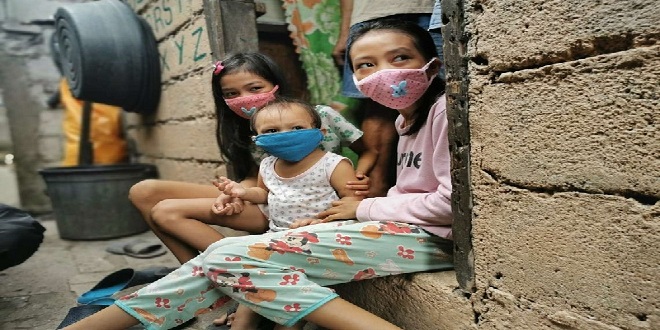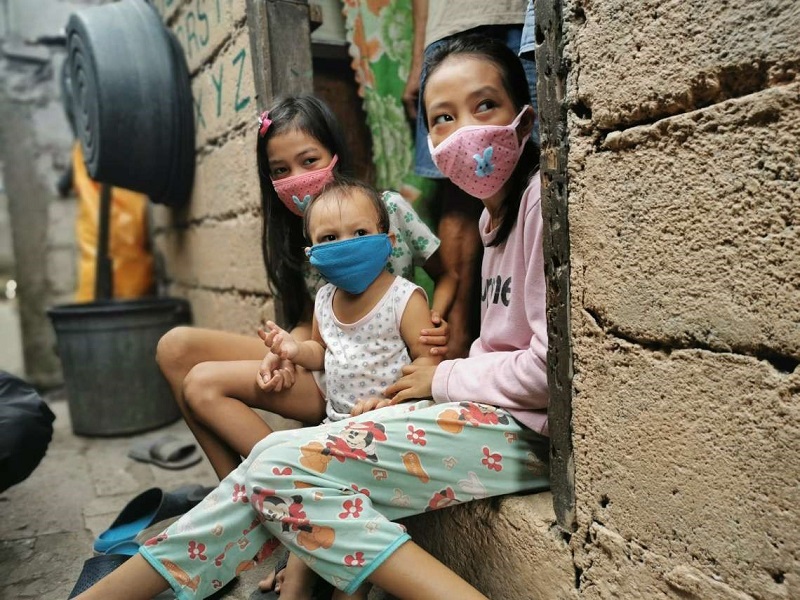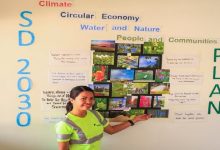
The Coronavirus disease 2019 (COVID-19) emergency continues to be an overwhelming challenge in the Philippines as the national government extends the localized general and enhanced community quarantines. However, while the government implements necessary measures to combat the spread of disease, these have brought unintended consequences with significant impacts on children.

Loss of livelihood due to movement restrictions leaves families with little or no income, and dependent on government subsidy (if available to them). These factors are also causing children’s emotional distress, as they cope with the “new normal.” 71% of the children consulted by World Vision feel lonely or isolated due to school closures.
It is also alarming that children are also more at risk of sexual exploitation and abuse when quarantine measures trap them with their abusers at home and as a result of their families’ loss of income. In Cebu, a woman and her live-in partner were arrested for live streaming a girl’s sexual abuse for money.
As of May 14, 2020, World Vision has reached over 3 million people through mass media, face-to-face orientation (before the declaration of enhanced community quarantines), and distribution of awareness materials. Moving forward, the organization will keep providing all mentioned above, including cash transfer for 15,000 families, and will support children’s education by developing and providing home learning materials.
Amid these ongoing response measures, World Vision recognizes the need to call on government and other agencies to collaborate in addressing emerging challenges that affect children.
- Ensure social protection measures are in place for the most vulnerable by providing families with both cash and food assistance to meet children’s immediate basic needs.
- Promote optimal infant and young child feeding (IYCF) and breastfeeding during emergencies, and support programmes that prevent micronutrient deficiencies among children under 5 years old.
- Incorporate mental healthcare or psychosocial support in COVID-19 response initiatives.
- Strengthen and maintain operations of child protection mechanisms, such as child-friendly means of reporting and prompt delivery of services to reported incidents of abuse.
- To address continuity of learning, the government and the media can limit the impact of school closures and education disruption by rolling out child-friendly distance education methods such as TV, radio, or online learning. It is also necessary to consider inclusive alternatives for children who may not have access to the internet and/or electronic devices.
- Finally, we call on government, private sector, and non-government organizations to continue coordination of COVID-19 response efforts, keeping children in the center of it all.
Despite the challenges brought about by the pandemic, World Vision remains optimistic that together, we can create a better and safer world for children.







